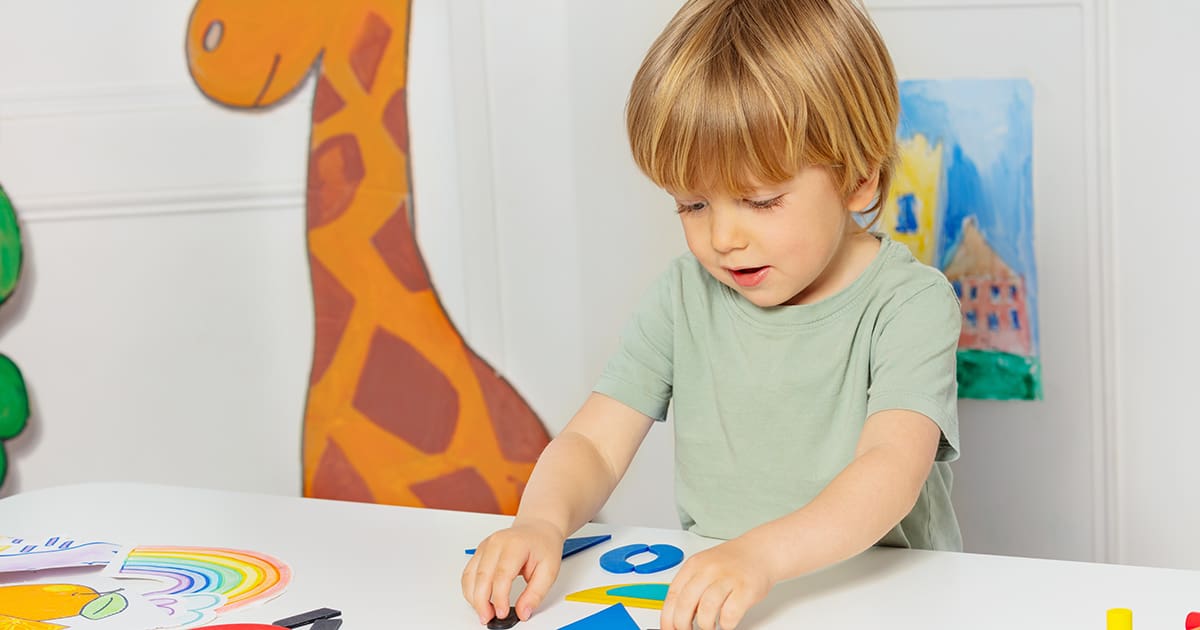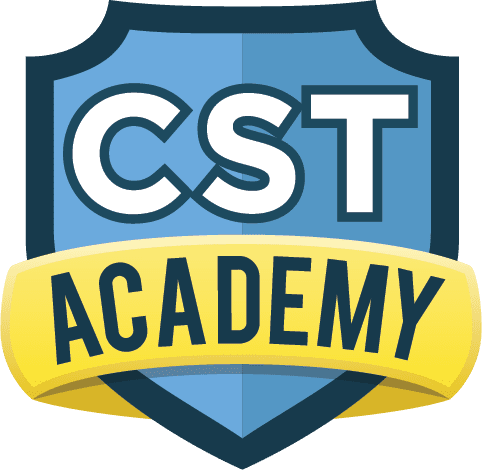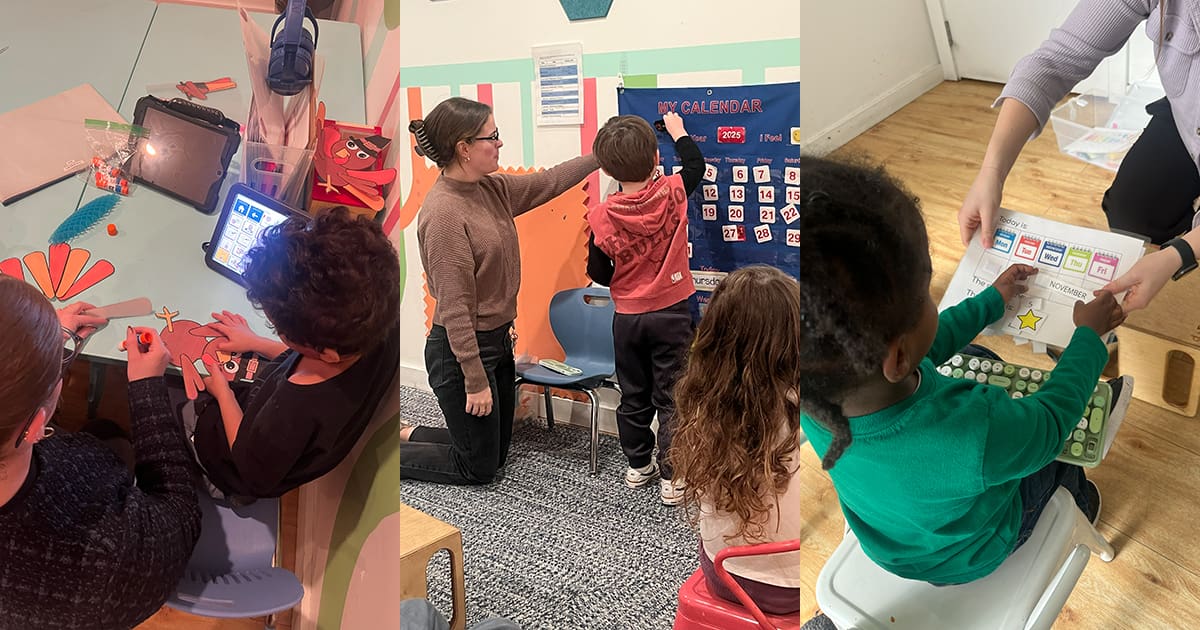Share this Post

For young children facing developmental challenges, early intervention can make a profound difference in their ability to learn, communicate, and build social skills. Applied Behavior Analysis (ABA) therapy is one of the most effective approaches for supporting children with autism and other developmental delays. When integrated into a therapeutic preschool program, ABA therapy helps children develop critical life skills in a structured yet nurturing environment.
At CST Academy, ABA therapy is an essential part of our comprehensive preschool program, ensuring that children receive individualized, evidence-based interventions tailored to their unique needs. By incorporating ABA therapy into a preschool setting, we create opportunities for children to learn through structured play, guided social interactions, and real-world experiences.
What is ABA Therapy in a Therapeutic Preschool?
ABA therapy is a research-based approach focused on teaching and reinforcing positive behaviors while reducing challenging behaviors. It is highly individualized, meaning that therapy plans are created to meet the specific developmental n eeds of each child.
In a therapeutic preschool setting, ABA therapy is seamlessly incorporated into daily routines, allowing children to practice communication, socialization, self-regulation, and academic readiness skills throughout their day. By embedding ABA techniques into classroom activities, children receive consistent learning opportunities in a supportive, play-based environment.
How ABA Therapy is Integrated into a Therapeutic Preschool Program
At CST Academy, ABA therapy is not a separate service but a fully integrated part of our preschool curriculum. Our team of highly trained Board Certified Behavior Analysts (BCBAs) and Registered Behavior Technicians (RBTs) work together with educators to ensure that ABA strategies are used throughout the school day.
1. Individualized Learning Plans for Every Child
Every child in a therapeutic preschool program has their own personalized ABA treatment plan designed by a BCBA. These plans are based on comprehensive assessments and focus on:
- Developing communication and language skills
- Strengthening social and play interactions
- Encouraging self-regulation and emotional management
- Teaching self-care and independent living skills
- Supporting academic readiness
By tailoring ABA strategies to each child’s needs, we ensure that they receive targeted support in areas that will have the most impact on their development.
2. Structured Yet Play-Based Learning
Young children learn best through play and exploration. ABA therapy in a therapeutic preschool blends structured teaching techniques with fun, engaging activities to promote skill development in a natural way.
Some ways ABA is used in play-based learning include:
- Using turn-taking games to teach patience and cooperation
- Encouraging pretend play to develop creativity and communication skills
- Providing sensory play opportunities to help children regulate emotions and responses
- Teaching daily routines through interactive activities, such as setting up snack time or cleaning up after play
By making learning fun, children are more likely to stay engaged and motivated, helping them build essential skills in a way that feels natural and enjoyable.
3. Communication and Language Development
One of the most significant benefits of ABA therapy is its ability to support speech, language, and communication development. Many children in therapeutic preschool programs struggle with expressing their needs, understanding instructions, or engaging in conversations. ABA therapy provides structured support to help children develop these skills through:
- Verbal modeling – Encouraging children to repeat and practice words in different settings
- Picture Exchange Communication System (PECS) – Using visual supports for non-verbal communication
- Encouraging social exchanges – Teaching children to initiate and respond to conversations
- Reinforcing communication attempts – Providing praise and motivation when a child uses words, gestures, or signs to express themselves
By incorporating ABA strategies into everyday classroom interactions, children gain the confidence to express themselves more effectively.
4. Social Skill Development in a Group Setting
For many children, social interactions can be challenging. ABA therapy in a therapeutic preschool program provides structured opportunities for children to practice and improve their social skills in a safe, supportive environment.
Through guided peer interactions, ABA therapy helps children:
- Take turns and share during group activities
- Recognize facial expressions and emotions in others
- Follow classroom rules and routines
- Engage in cooperative play with peers
- Develop problem-solving skills and conflict resolution strategies
By teaching social skills through structured interactions, children learn how to build friendships and navigate social situations with greater ease.
5. Managing Behavior and Building Independence
One of the key focuses of ABA therapy is helping children understand and manage their behaviors. In a therapeutic preschool setting, ABA principles are used to:
- Encourage positive behaviors such as listening, following directions, and completing tasks
- Reduce challenging behaviors by teaching alternative skills and coping strategies
- Provide clear expectations and reinforcement to help children stay engaged in activities
- Foster independence in self-care skills such as handwashing, dressing, and eating
With consistent support and reinforcement, children gain the tools they need to navigate daily activities with confidence and independence.
6. Parent Involvement and Collaboration
At CST Academy, we believe that parents play a vital role in their child’s progress. Our ABA therapy program includes regular parent training and communication to ensure that families are equipped with strategies to reinforce skills at home.
We support parents by:
- Providing regular updates on progress and goals
- Offering parent coaching sessions to reinforce ABA strategies in everyday life
- Sharing practical tools and activities to support learning outside the classroom
By creating a strong partnership between therapists, educators, and families, we ensure that children receive consistent support across all environments.
Why ABA Therapy in a Therapeutic Preschool is So Effective
The combination of structured therapy, immersive learning, and social interaction makes ABA therapy in a therapeutic preschool setting highly effective.
Some key benefits include:
- Early intervention leads to long-term success – ABA therapy at a young age helps children develop critical skills that support lifelong learning and independence.
- Real-world application – Skills are taught and practiced in everyday situations, making learning more meaningful.
- Peer interaction opportunities – Children have daily chances to practice social skills in a structured setting.
- Consistent reinforcement – ABA strategies are used throughout the day, ensuring continuous learning and progress.
- Increased confidence – Children feel more capable and independent as they develop essential life skills.
Is a Therapeutic Preschool with ABA Therapy Right for Your Child?
If your child is facing challenges with communication, social skills, self-regulation, or independence, a therapeutic preschool program with ABA therapy can provide the structured support they need to thrive.
At CST Academy, we are committed to helping each child reach their full potential through compassionate, research-based ABA therapy. Our team of highly trained BCBAs, RBTs, and educators work together to create an engaging, supportive environment where every child can succeed.
If you would like to learn more about how ABA therapy in a therapeutic preschool setting can benefit your child, contact CST Academy today. We are here to guide you through the process and help your child grow, learn, and achieve success.
Discover Our Pediatric Therapy & Autism Care
ABA Therapy
Support for children with autism.
Autism Evaluation
Expert assessments to identify child needs.
Pediatric Therapy Services
Speech, Occupational, Feeding, and Physical Therapy.
Therapeutic Preschool
A classroom environment designed for early learners with unique needs.

Find the Best Care for Your Child




